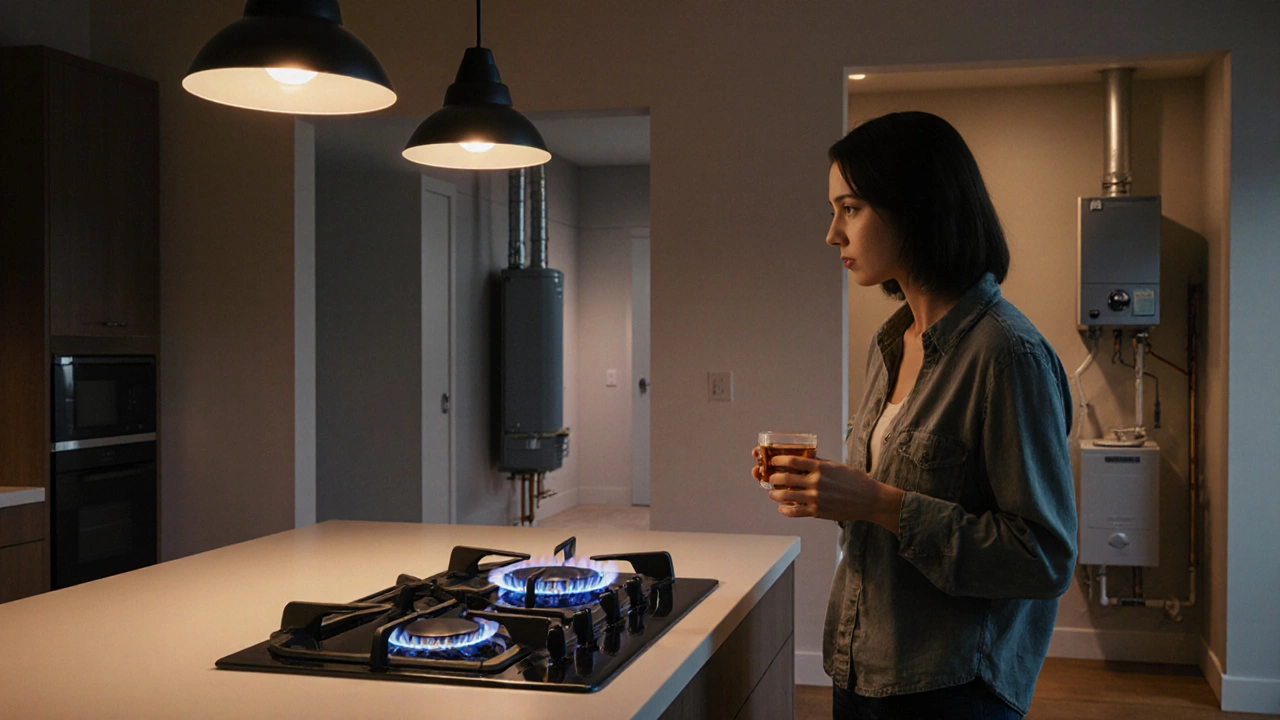Homeowner Gas Maintenance: Essential Tips for Safety and Efficiency
Why Regular Gas Maintenance Matters
When handling homeowner gas maintenance, the routine tasks that keep gas‑powered appliances safe, efficient, and compliant with local regulations. Also known as gas appliance upkeep, it covers everything from boiler inspections to water‑heater care and ensures you meet legal requirements while protecting your family.
Regular boiler, the central heating unit that burns gas to heat water and radiators checks are the backbone of any homeowner gas maintenance plan. A thorough inspection looks for carbon monoxide leaks, pressure‑gauge drift, and worn‑out seals. Skipping this step can lead to uneven heating, soaring energy bills, and—worst case—a dangerous gas leak. A current gas safety certificate, official proof that a qualified engineer has inspected your gas system not only satisfies legal requirements but also gives peace of mind that everything is wired correctly and the combustion process is clean. The certificate must be renewed every year, and the engineer will test the flue, verify the ventilation, and confirm that the safety devices are functioning. Meanwhile, keeping your water heater, the appliance that stores and heats water using gas free of sediment, checking the anode rod, and testing the thermostat prevents costly failures and maintains hot water on demand. Neglecting these simple steps often shows up as reduced water temperature, strange noises, or leaks at the bottom of the tank. In short, homeowner gas maintenance includes regular boiler inspections, annual gas safety certificates, and routine water‑heater checks, forming a three‑pronged approach that catches problems early.
Beyond the big players, smaller gas‑powered gadgets—like dryer tumble‑towers, cooktops, and even gas‑fed fireplaces—also need attention. When a part stops working, calling a trusted appliance repair, service that specializes in fixing gas appliances technician can extend the life of the unit and avoid premature replacement. Many homeowners discover that a quick coil cleaning, a thermostat reset, or a simple hose replacement saves weeks of inconvenience and a few hundred pounds. Pair these fixes with a seasonal maintenance checklist: visually inspect fuel lines in spring, test pressure regulators in summer, and verify vent clearances before winter heating starts. A well‑planned schedule lets you tackle every component before the cold hits, reduces emergency calls, and spreads costs over the year. If you prefer a DIY route, basic tasks like wiping burner ports, listening for abnormal hissing sounds, and ensuring the area around the appliance is free of clutter are safe for most users; however, any work involving gas lines should always be left to a certified professional to avoid safety hazards.
In the sections below you’ll find straight‑to‑the‑point guides covering everything mentioned here—from how to spot a failing boiler to the exact steps for renewing your gas safety certificate, plus tips on water‑heater sediment removal and when to call an appliance repair service. Whether you’re a first‑time homeowner or you’ve been managing a house for years, the articles give actionable advice you can start using today. Dive in and get your gas system running safely and efficiently.

Gas Appliance Inspection Frequency: How Often Should You Schedule Checks?
Learn the ideal inspection intervals for gas furnaces, water heaters, stoves, dryers, and more. Get safety tips, a DIY spot‑check guide, and a complete maintenance checklist.